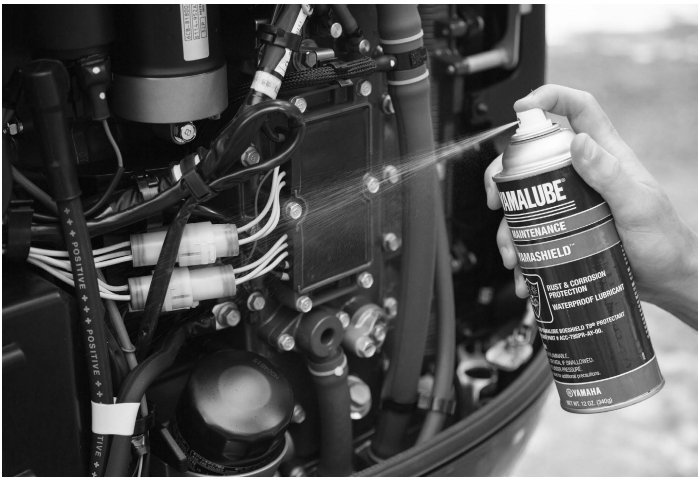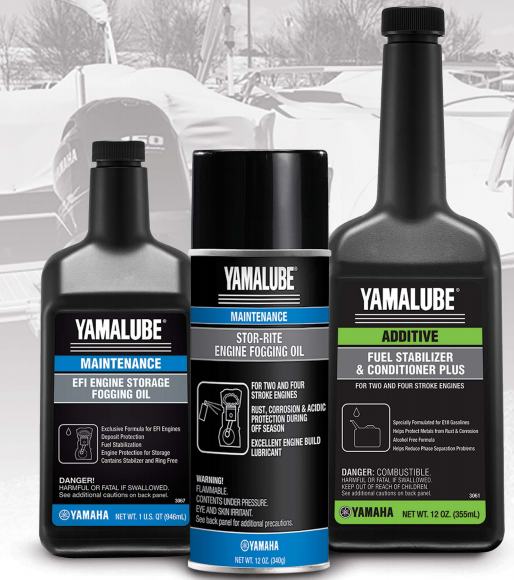
Although winter may not be on your minds in late summer, it is the time to start thinking about it. Many of you will be busy winterizing your stern drive and inboard powered boats to prevent freezing of water that doesn’t self drain from the blocks and exhaust manifolds. Although outboard motors are self-draining, there are areas of the cooling system to be mindful of to ensure all water is drained from the system.
In addition to water flowing through the block and heads, cooling water in modern outboards is sent to cooling passages in the VST, fuel rails, rectifier/regulators, and additional oil-cooling passages on the block. Usually, the cooling water is routed through small diameter hoses between components.
After running a motor for the last time of the season, and before freezing weather arrives, it is very important to allow enough time for all the water to drain out of all passages. This is particularly important if a boat has been operated in muddy and sandy conditions where mud and sand may have entered the cooling system. The mud and sand can collect in hoses and passages, restricting the flow of water as the system is draining.

To drain the cooling system completely, the motor must be left in a vertical position long enough to allow all water to drain. This is particularly important on models where sections of the cooling system may be lower than the water passages in the block and midsection when the motor is tilted up, for example: 2.8L and 4.2L models. Also, if you suspect that ingested mud or sand is restricting water passages it will be necessary to blow compressed air through sections of the cooling system to open restrictions. Tilting up a motor before it is completely drained may allow water to remain in the exhaust passage in the lower unit where it can freeze, cracking the lower unit housing.
Keeping these cooling system tips in mind while performing winterizations will help ensure a great start to next boating season.
NOTE: If a motor is going to be put into storage, don’t forget to run Yamalube® Fuel Stabilizer and Conditioner Plus through the fuel system and give the engine a quick application of Yamalube fogging oil. This will help ensure that the motor can be started easily once it is put back into service. Remember that Yamalube offers a complete line of cleaners and fuel treatment options to cover your storage needs.